Nation works to boost domestic demand, fortify supply system despite headwinds

An employee works at a plant in Xiaoshan district of Hangzhou, Zhejiang province, on June 27, 2022. (Photo/Xinhua)
China is expected to speed up synergetic efforts to boost domestic demand and strengthen its supply system, as a key step to bolster the country's high-quality development against lingering headwinds at home and abroad, experts said.
Macroeconomic adjustments should be stepped up to firmly expand domestic demand and stabilize short-term economic growth, while making sure these efforts are combined with supply-side structural reform to improve the quality and sustainability of growth, they said.
Their comments came after the leadership of the Communist Party of China and the central government highlighted the necessity to pursue high-quality development by integrating the efforts to boost domestic demand with those to optimize the supply system.
In a report delivered at the opening session of the 20th National Congress of the CPC, Xi Jinping, general secretary of the CPC Central Committee, stressed the need to integrate the implementation of the strategy to expand domestic demand with efforts to deepen supply-side structural reform.
Experts said the proposal has outlined the path for China to ensure stable economic growth and lift the quality of development in the coming five years, with a focus on expanding demand in areas that are in line with high-quality development goals and matching the demand with a better-structured supply system.
Cheng Shi, chief economist at ICBC International, said this integration has become necessary for boosting domestic demand because the principal contradiction facing Chinese society has transformed into one between unbalanced and inadequate development and the people's ever-growing need for a better life.
"When there is a mismatch between the supply structure and the consumption structure, the effectiveness of traditional policies to expand domestic demand will decline.
"Instead, integrating expanding demand with supply-side reform can help strike a new balance where demand drives supply while supply creates demand," said Cheng, who expects that an enhanced supply-demand relationship could help maintain China's annual potential economic growth at 4.8 to 5.5 percent through 2025.
Efforts should be made to facilitate the expansion of rural consumption and the upgrade of urban residents' consumption demand while furthering industrial restructuring to better meet that demand, he said.
Experts said the efforts to enhance the interaction between demand and supply can drive the country's pursuit of the new development paradigm — in which the domestic market is the mainstay and the domestic and international markets reinforce each other — to strengthen its development resilience amid a more volatile external environment.
Vice-Premier Liu He said in a recent article that the integration of expanding domestic demand and deepening supply-side structural reform is a long-term plan to boost developmental autonomy, and he cited shrinking international demand and the unstable global supply.
Calling for efforts to align the demand and supply-side efforts with the requirements of high-quality development, Liu said macroeconomic adjustments should be strengthened to maintain stable and sustained economic growth, which plays an "important fundamental role" in the country's modernization drive.
Due to deglobalization waves and slowing global growth, which has started to decelerate China's exports, the country should step up macroeconomic adjustments to boost domestic demand for growth stabilization, said Luo Zhiheng, chief economist at Yuekai Securities.
While China's GDP growth rebounded to 3.9 percent year-on-year in the third quarter, economic activity faced renewed pressures in October as COVID-19 cases increased, retail sales shrank from a year ago and real estate development investment dropped at a larger rate, the National Bureau of Statistics said.
Luo said it is sensible to reduce interest rates and the cash that banks must hold as reserves in due course to boost consumption and investment and ramp up support for infrastructure construction.
He added that such measures to expand demand should be designed in a way that contributes to supply-side structural reform, giving as an example that the infrastructure projects to be supported should be those that can help strengthen supply capacity in the long term.
As the efforts to combine expanding demand with supply-side reform are set to strengthen the country's economic stability and resilience, the global appeal of Chinese financial assets may further grow, experts said.
With economic growth remaining a crucial priority for China, the country is expected to achieve moderate growth in the coming years and thus provide ample investment opportunities, said Chris Liu, a senior portfolio manager at Invesco, a global investment management company.









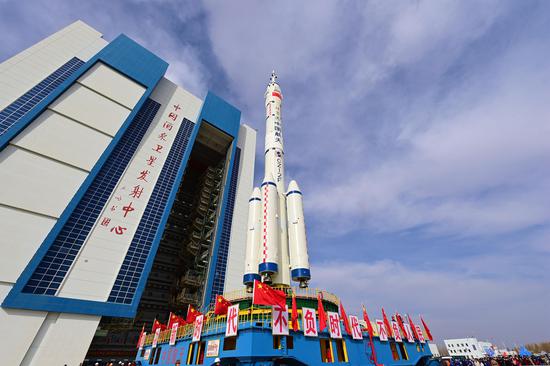






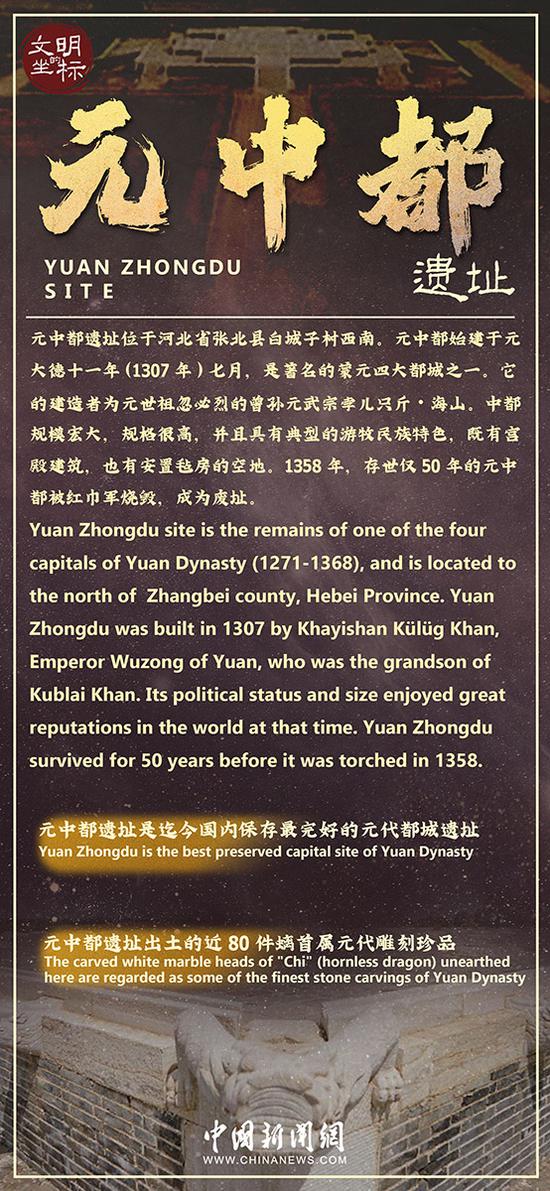
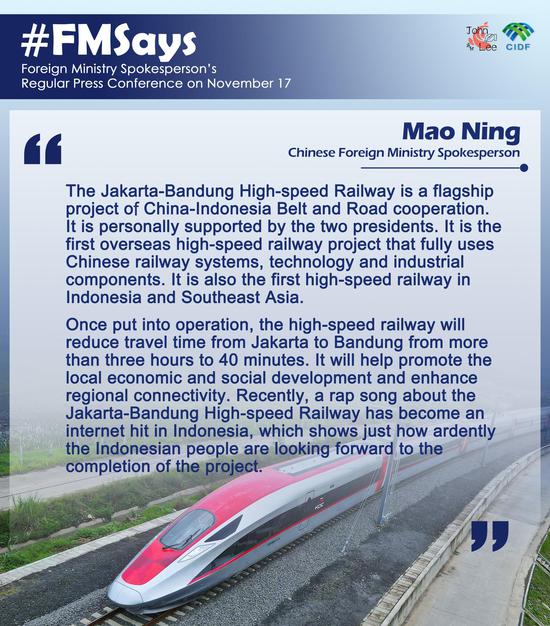




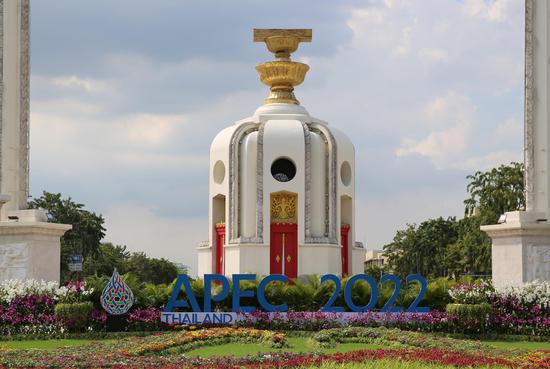








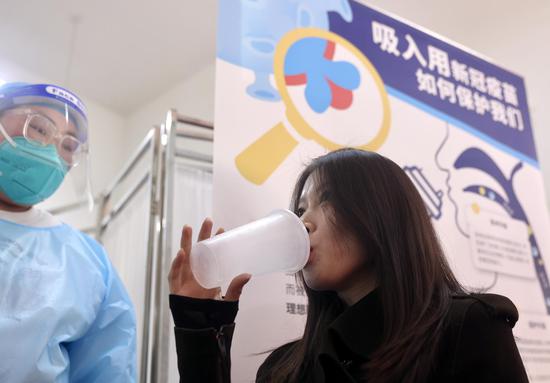


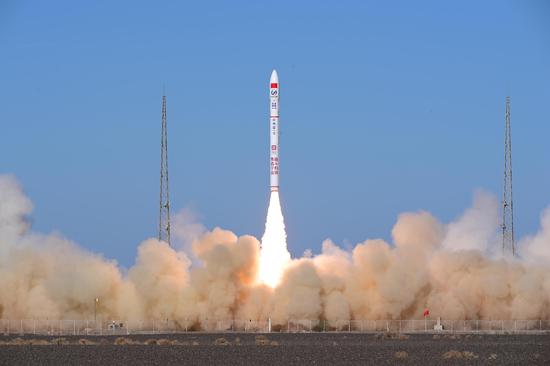
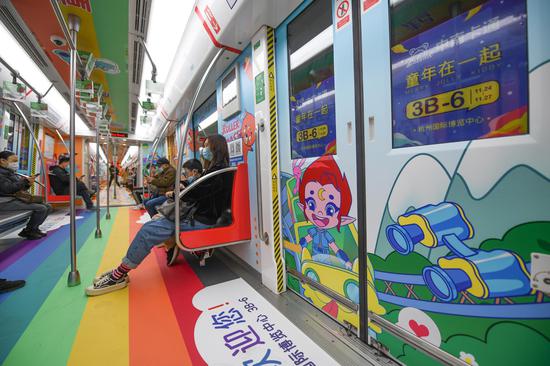



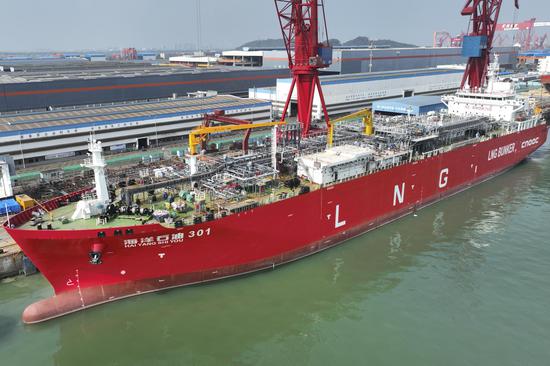


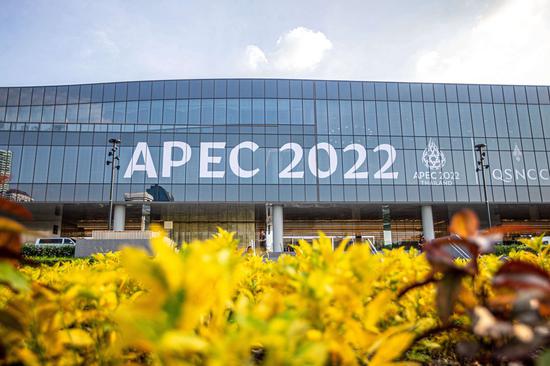
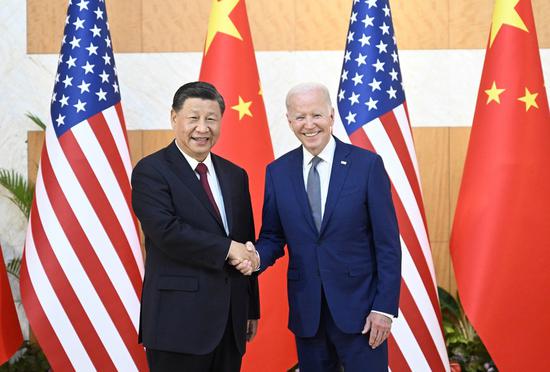
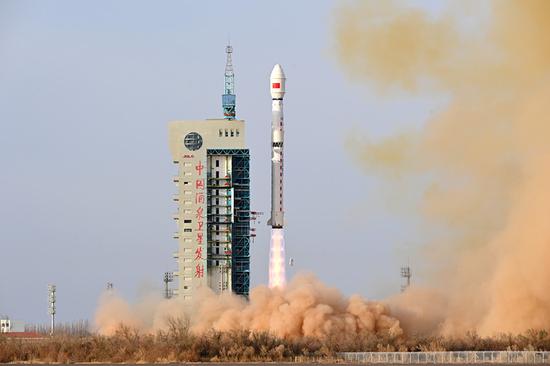

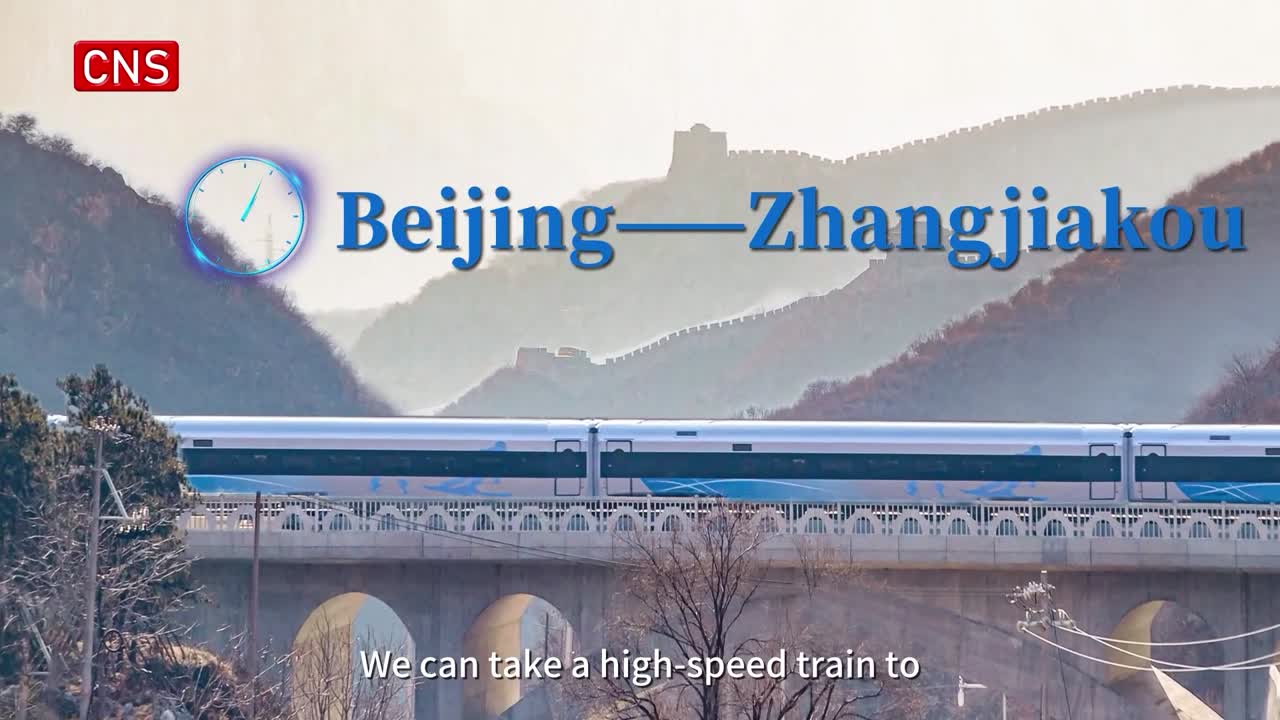

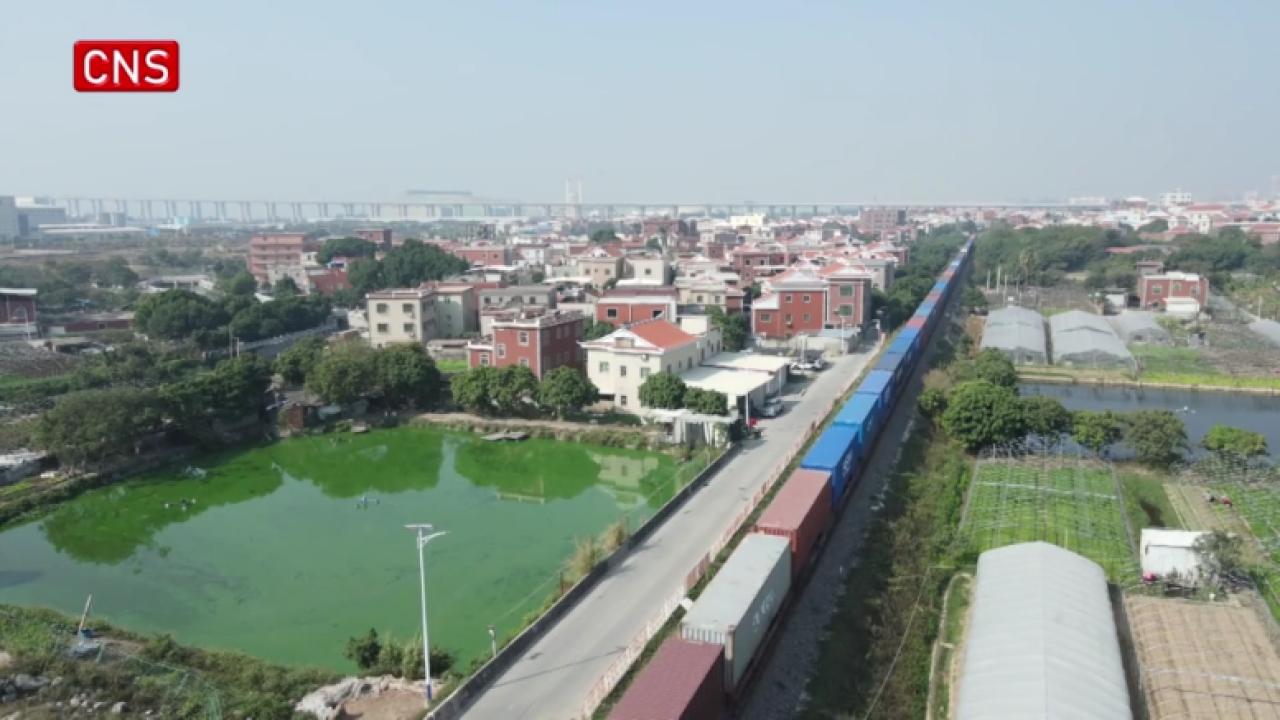

 京公网安备 11010202009201号
京公网安备 11010202009201号